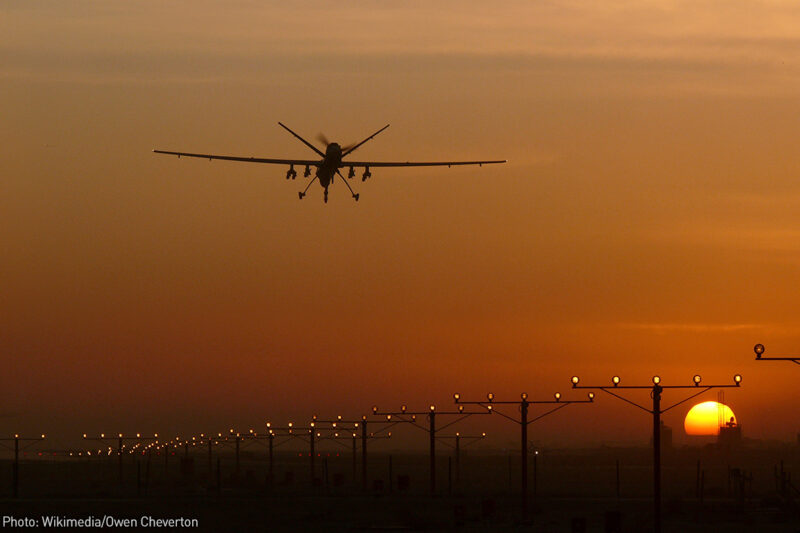
This week, one government intelligence agency, after patiently and methodically tracking a terrorist leader for months through precise electronic surveillance, successfully targeted him for death by drone. Also this week, a government intelligence agency eliminated a terrorist leader through a drone strike without even knowing the leader was present, basing its decision to use lethal force on sophisticated analysis of militants’ patterns of life.
Bizarrely, this was the same agency, and this was the same terrorist leader.
On Tuesday, hardly before the dust in Yemen had settled, Bloomberg’s Eli Lake and Josh Rogin, relying on information provided by anonymous sources, supplied the public with the first narrative. In this version, the CIA killed Nasir al-Wuhayshi, “general manager” of al-Qaeda in the Arabian Peninsula, “by building a methodical case on his whereabouts over months from information collected through technical means.”
On Thursday, the Washington Post’s Greg Miller, also relying on information provided by anonymous officials, supplied the second narrative. In this version, al-Wuhayshi was dead not because the CIA had tracked him down but because the Obama administration had “eased” certain drone-strike guidelines in Yemen and permitted the CIA to carry out “signature strikes” — strikes that take place without the agency’s specific knowledge of the identities of the individuals marked for death.
Rarely do the rival motives of anonymous officials come so nakedly into view, and conflict, around a single event. One faction immediately tries to capitalize on the al-Wuhayshi strike as evidence of the CIA’s other-worldly tracking abilities, even in the fog of a confusing and fraught war in Yemen. At the same time, another faction exploits the same strike to make a public case for expanding the use of a controversial targeting technique that the Obama administration earlier said, in an effort to assuage public concerns about the lawfulness of the drone program, it would retire.
F. Scott Fitzgerald famously wrote that “the ability to hold two opposed ideas in the mind at the same time, and still retain the ability to function,” is the “test of a first-rate intelligence.” Here, though, the government’s conflicting stories seem something less than first-rate or intelligent — they seem amateurish and ham-handed. They also seem to suggest a total lack of concern for the possibility that anyone will ever hold officials accountable for their statements.
Lake, Rogin, and Miller work in a field in which reliance on anonymous sources is probably unavoidable and sometimes even illuminating. In this instance, though, they can’t all be right, and their competing stories serve as another reminder — in case any were needed — that the statements of anonymous intelligence officials are often efforts to mislead and manipulate, and that much of the “information” the government has provided the public about the drone program is merely propaganda.
Regrettably, this is unlikely to change anytime soon. A federal district court judge — the same judge who earlier dismissed a constitutional case relating to the government’s killing of four Americans in Yemen — ruled on Thursday that the CIA isn’t legally obliged to release any information about the drone program it hasn’t already released. For the time being at least, the CIA will continue to decide what the public knows about the CIA’s activities — even if it can’t keep its own story straight.
This was originally posted at Just Security.



